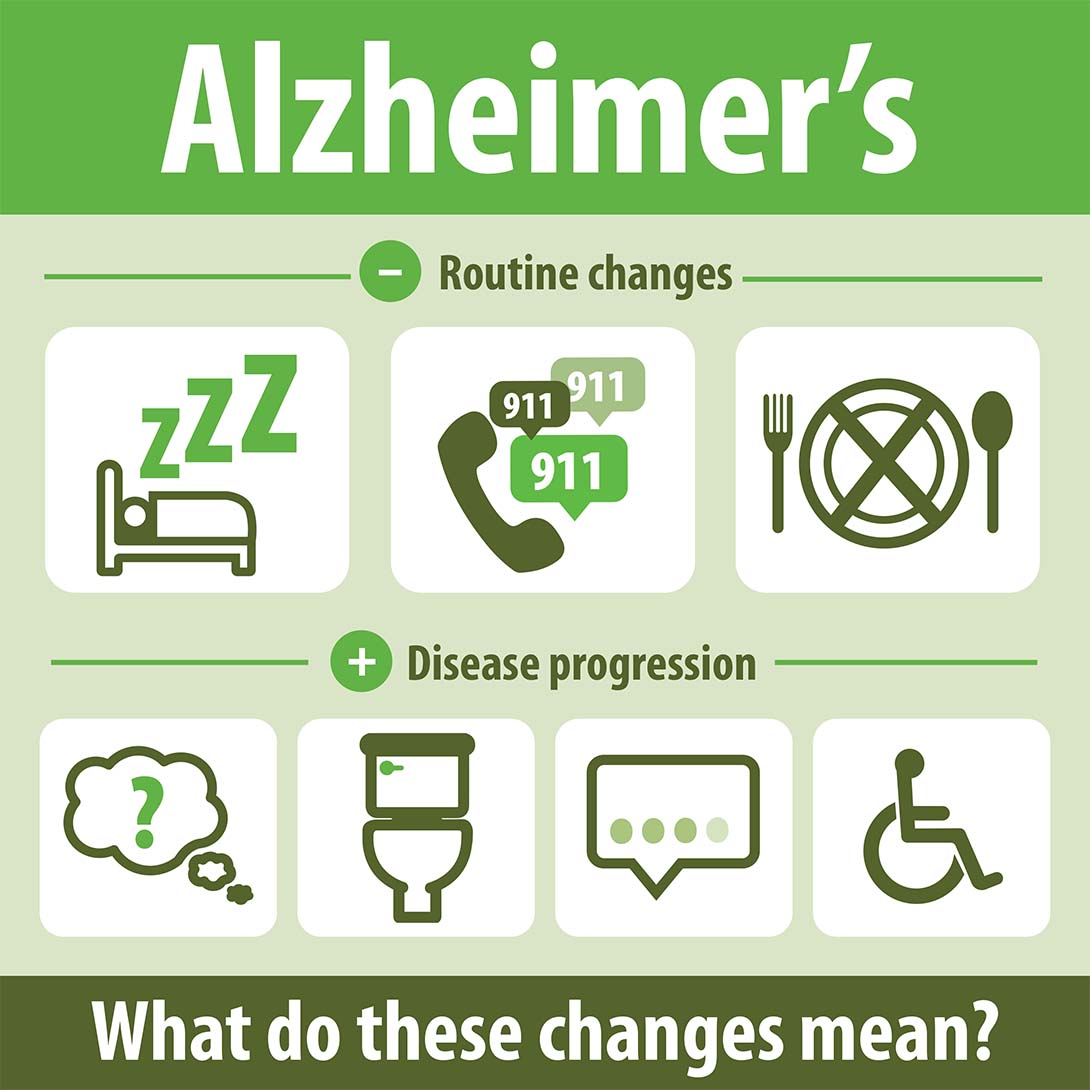Family Medical Leave Act: Answering Questions about FMLA

The stress of caring for a loved one with a serious illness is challenging enough, but that stress is intensified when you have to worry about taking time off from work. The Family Medical Leave Act (FMLA) can help by providing unpaid, job-protected leave if you need to care for a parent, spouse, or child. We understand the value of this time and can help to answer some of the most common FMLA questions.
Who is eligible for FMLA leave?
In order to be eligible for FMLA, caregivers must work for a covered employer. Most employers with 50+ employees are covered. Private employers with less than 50 employees are not required to provide FMLA, but may be covered by the family and medical leave laws in their state. Elementary schools, secondary schools, and government agencies are all covered by FMLA, regardless of the number of employees.
If your employer is covered, you may take FMLA leave if you have worked for this employer for at least 12 months. It does not have to be 12 consecutive months, but there should not be any break in service that has lasted more than seven years.
In addition, you must have worked at least 1250 hours for your employer in the 12 months before you take FMLA leave. This is approximately 24 hours/week over twelve months.
Finally, your worksite must have at least 50 employees within 75 miles to be eligible for FMLA leave.
If you meet these requirements, you are eligible to take FMLA leave for serious health conditions that affect you, your spouse, your child, or parent.
When does FMLA apply for caregivers?
FMLA leave is provided for the care of family members who meet one of four definitions:
- Parent: Your biological, adoptive, step, or foster parent. This not include in-laws.
- Child: Your biological, adopted, foster child, or stepchild. FMLA leave is also available to care for your legal ward or if you are standing in loco parentis of a child who is under the age of 18 or an individual who is over 18, but unable to care for themselves due to mental or physical disability.
- Spouse: Your husband or wife as defined by the state where the marriage took place. This includes common law marriages and same-sex marriages.
- In Loco Parentis: An individual can be defined as in loco parentis if they provide the day-to-day care and/or financial support for a child. FMLA covers both adults who stand in loco parentis to a child and time to care for adults who stood in loco parentis for the caregiver when they were a child.
You may use FMLA leave to care for one of the above individuals when they are faced with a serious health challenge including:
- A medical condition requiring an overnight hospital or medical care facility stay.
- An incapacitating condition that requires ongoing medical treatment for more than three days.
- Chronic medical conditions that incapacitate your loved one and require ongoing medical treatment.
How can I use FMLA time?
While you are on FMLA leave, your employer must protect your job for up to 12 weeks. FMLA leave is unpaid time off, but your employer must continue to provide health insurance. Employees may be required to continue to make their normal contributions to their health insurance plan.
FMLA leave can be taken as a full block of time, or it can be used on a part-time basis if you only need to provide caregiving coverage a few days or hours a week.
If you have sick time, vacation time, or personal time, you may apply these hours to your FMLA time off in order to make up for the loss in pay. Some employers may require you to use your paid time off in combination with FMLA. Check with your HR Department to see what your company’s specific requirements are.
How do I inform my employer about FMLA leave?
Good communication is key to ensuring your FMLA leave request goes smoothly and that your employer has the opportunity to address any FMLA questions you may have. You should notify your employer as soon as you are aware that you will need to take time off to provide care.
If the need for FMLA leave is unplanned due to an accident or a sudden change in your loved one’s condition, you should inform your employer as soon as possible. It is important to give your employer enough information about the situation so they know that it qualifies for FMLA.
Once you notify your employer, they have five business days to notify you if you are eligible for FMLA leave and inform your of your FMLA rights and responsibilities.
If your employer requests medical certification, you must provide this within 15 calendar days.
The certification must be completed by a health care provider and must include:
- The health care provider’s contact information
- When the medical condition began
- How long the medical condition is expected to last
- Any relevant details about the situation including frequency of hospital visits, hospitalizations, and referrals
- Whether the situation requires continuous or intermittent caregiving
What happens when I return to work after FMLA leave?
FMLA leave requires your employer to protect your job during your time off and then return you to the same or nearly the same position.
If it is not the same job, the new role should have similar duties, responsibilities, and status. It should include identical pay and benefits and the same general work schedule.
If you are unable to return to work at the end of your FMLA leave, your employer is not required to continue to hold your position or return you to a similar position.
The US Department of Labor’s Wage and Hour Division can help answer additional FMLA questions or assist if you need to file an FMLA complaint.
If you are caring for a terminally ill loved one and have questions about hospice, Crossroads Hospice & Palliative Care can help. Please call us at 1-888-564-3405.
If you found this information helpful, please share it with your network and community.
Copyright © 2017 Crossroads Hospice & Palliative Care. All rights reserved.




